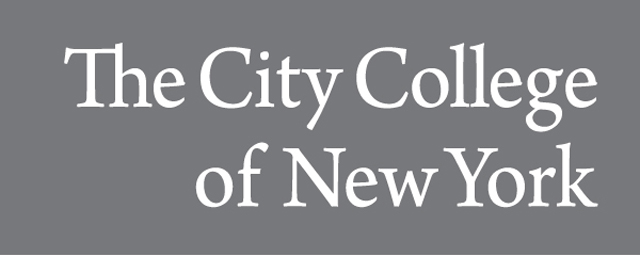
Publications and Research
Document Type
Article
Publication Date
2022
Abstract
This paper reports on a practice-based research project designed to create a critically edited score of Bob Weir’s Sage and Spirit for solo guitar. Since no score exists for the piece, potential performers must first go through the time-consuming process of transcription as a way to learn how it works. This may deter potential performers who are either unfamiliar with the Dead’s music or lack formal training to undertake this preliminary work. This project was designed as an attempt to bridge the gap between what musical information is available through published sources and the concerns of the music’s potential performers. It contributes to the argument that while standard Western notation has its limits in accurately describing the Dead’s music, it still serves as the best tool for communicating detailed performance instructions to the broadest audience possible.
Guided by Grier’s (1996) principles of critically editing music, the study investigates how the piece developed over time and considers how this evidence was used to inform editorial decisions in preparing the interpretive edition. An account of the editing process provides an in- depth look at how the piece works as well as insight into Weir’s guitar technique and compositional aesthetic.
The findings of this research are presented using a practice-based methodology to demonstrate how one might communicate musical information gleaned from audio and visual recordings into musical instructions for performers. Finally, some conclusions are offered about the implications of this research for performance practice and pedagogy in the music of Bob Weir, the Grateful Dead and other popular music artists.

